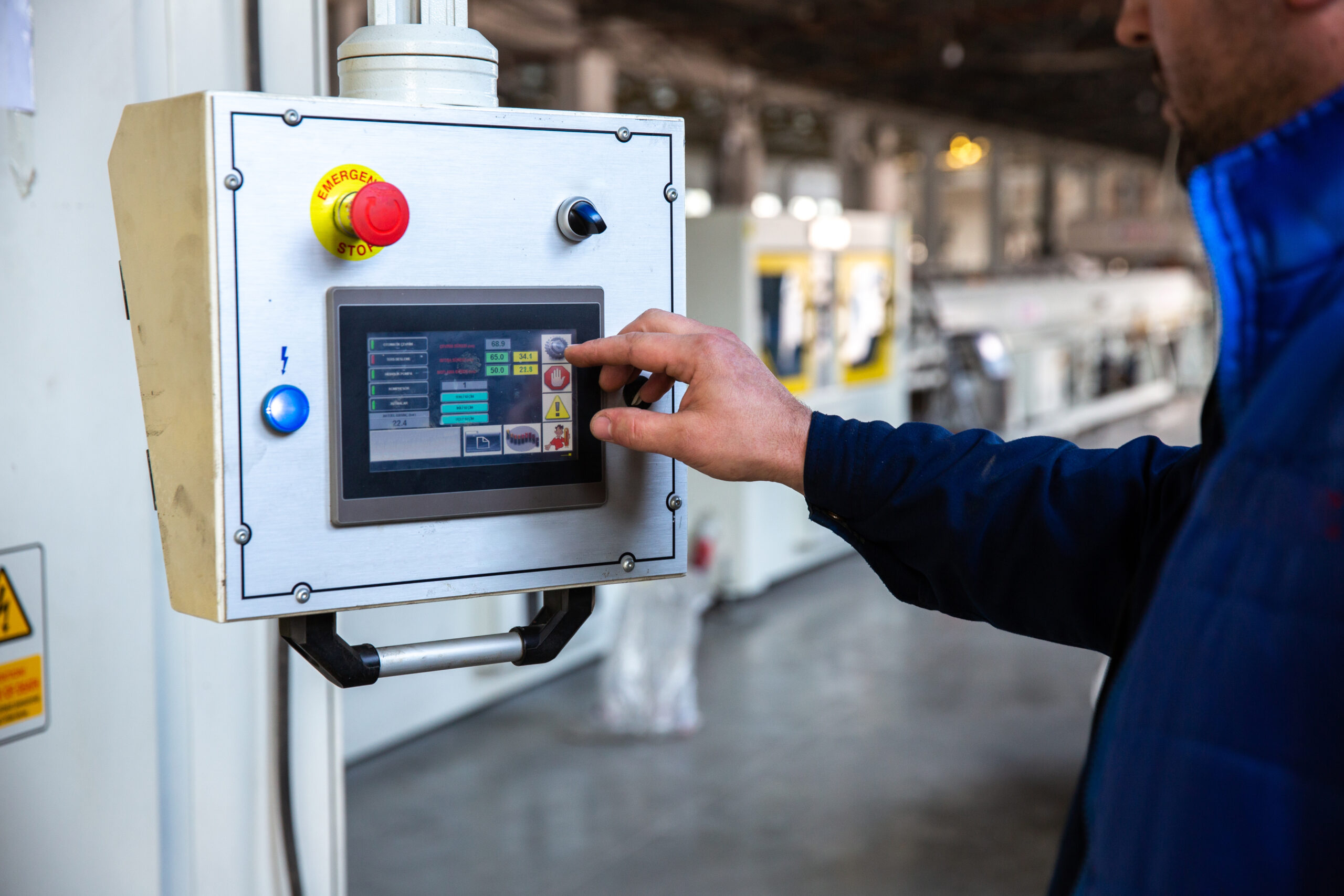The landscape of industrial electrical control systems is evolving at a rapid pace. With the increasing demand for efficiency, safety, and automation, emerging technologies—such as advancements in the Motor Control Center—are reshaping how industrial facilities operate. These innovations are not only improving operational workflows but also enhancing workplace safety and energy efficiency.
In this blog, we will explore the most significant emerging technologies in industrial electrical control systems and how they are transforming the industry.
The Evolution of Industrial Electrical Control Systems
Industrial electrical control systems form the backbone of any production facility. Traditionally, these systems were mechanical and required significant manual intervention. However, over time, they have evolved into highly automated, digital systems that leverage advanced technologies like sensors, programmable logic controllers (PLCs), and industrial computers. The next wave of innovations is set to revolutionize these systems even further.
Key Emerging Technologies in Electrical Control Systems
The following technologies are shaping the future of industrial electrical control systems, enabling industries to optimize performance, enhance safety, and reduce costs:
1. Industrial Internet of Things (IIoT)
The Industrial Internet of Things (IIoT) is one of the most impactful innovations in the field of industrial control systems. By connecting devices and sensors across the factory floor, IIoT allows for real-time monitoring and data collection. This connectivity enables plant managers to gain deep insights into equipment performance, energy usage, and system efficiency.
With IIoT, control systems can automate responses to specific conditions, such as detecting equipment malfunctions or optimizing power usage during peak hours. This reduces human intervention, cuts down on errors, and improves operational efficiency.
2. Edge Computing
In the world of industrial control systems, edge computing is a game-changer. Traditionally, data collected from control systems is sent to centralized cloud servers for processing. However, edge computing processes data locally—at the “edge” of the network, closer to the data source.
This results in faster response times, enhanced real-time decision-making, and reduced latency. For industries that require immediate action based on data, such as those using robotics or autonomous machinery, edge computing offers significant advantages. Moreover, edge computing enhances cybersecurity by reducing the amount of sensitive data sent to the cloud.
3. Artificial Intelligence and Machine Learning
Artificial Intelligence (AI) and Machine Learning (ML) are becoming integral to modern industrial control systems. These technologies use algorithms to analyze data and predict trends, allowing for predictive maintenance, process optimization, and anomaly detection.
For example, ML models can learn the normal operating parameters of machinery and detect deviations, flagging potential problems before they escalate. This proactive approach helps avoid unexpected downtime, reduces repair costs, and enhances equipment longevity. Furthermore, AI-powered systems can continually optimize processes, ensuring peak efficiency without manual intervention.
4. Wireless Control Systems
Traditionally, control systems rely heavily on wired connections, which can be expensive to install and maintain. However, wireless control systems are emerging as a flexible alternative. Wireless technology reduces the need for complex wiring and allows for easier reconfiguration of industrial setups.
With advancements in wireless communication protocols, such as 5G, industrial facilities can now implement highly reliable, low-latency wireless control systems. This shift improves scalability, simplifies system upgrades, and provides greater mobility for monitoring and controlling equipment remotely.
5. Digital Twins
A digital twin is a virtual model of a physical system, allowing operators to simulate, predict, and optimize performance in real time. This technology is particularly useful in industrial electrical control systems, where digital twins can simulate electrical distribution networks, monitor power usage, and predict equipment failures.
By creating a digital replica of control systems, operators can test changes and configurations without disrupting actual production. This not only enhances system reliability but also allows for informed decision-making regarding upgrades and process optimizations.
6. Advanced Human-Machine Interfaces (HMI)
Human-machine interfaces (HMIs) are the bridge between operators and control systems. With emerging technologies, advanced HMIs are becoming more intuitive, visual, and interactive. Modern HMI systems now incorporate touchscreens, graphical user interfaces, and even augmented reality (AR) capabilities to help operators manage complex systems with ease.
These advancements make it easier for workers to interact with machinery, troubleshoot issues, and receive real-time alerts. This enhances productivity, reduces the learning curve for new workers, and improves overall system management.
Benefits of Embracing Emerging Technologies
The adoption of these emerging technologies brings a wide range of benefits for industries, including:
1. Increased Efficiency
The automation and real-time insights provided by technologies such as AI, IIoT, and edge computing help streamline operations and optimize resource use, improving overall efficiency.
2. Enhanced Safety
Many of these technologies—such as wireless control systems and AI-driven predictive maintenance—reduce the need for human intervention in dangerous environments, enhancing workplace safety.
3. Cost Reduction
By enabling predictive maintenance and improving process optimization, these technologies help reduce equipment downtime, maintenance costs, and energy consumption.
4. Scalability and Flexibility
Wireless systems and digital twins make it easier to scale and reconfigure industrial setups, allowing businesses to adapt quickly to changes in demand or operations without extensive rewiring or system redesign.
Conclusion
Emerging technologies in industrial electrical control systems are transforming the way industries operate. From real-time data collection with IIoT to predictive maintenance with AI and ML, these innovations are driving increased efficiency, safety, and cost savings across industrial settings, particularly through upgrades to the Electrical Panel infrastructure.
As businesses continue to embrace these advancements, the future of industrial electrical control systems looks promising. While challenges such as cybersecurity and the cost of implementation remain, the potential benefits far outweigh these concerns. Investing in these technologies is not only a step toward modernization but a strategic move to ensure long-term operational success and safety in industrial environments.
